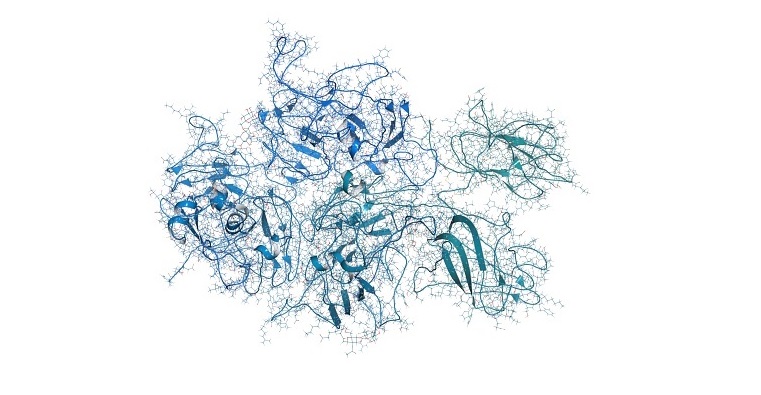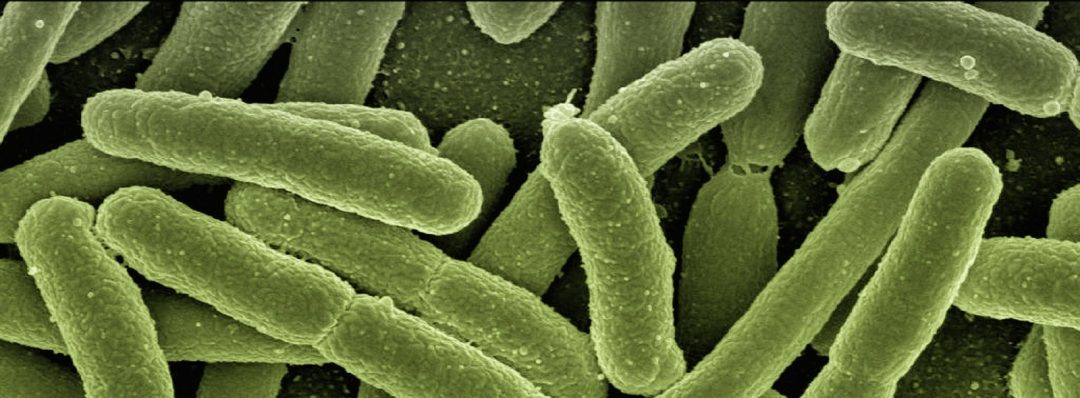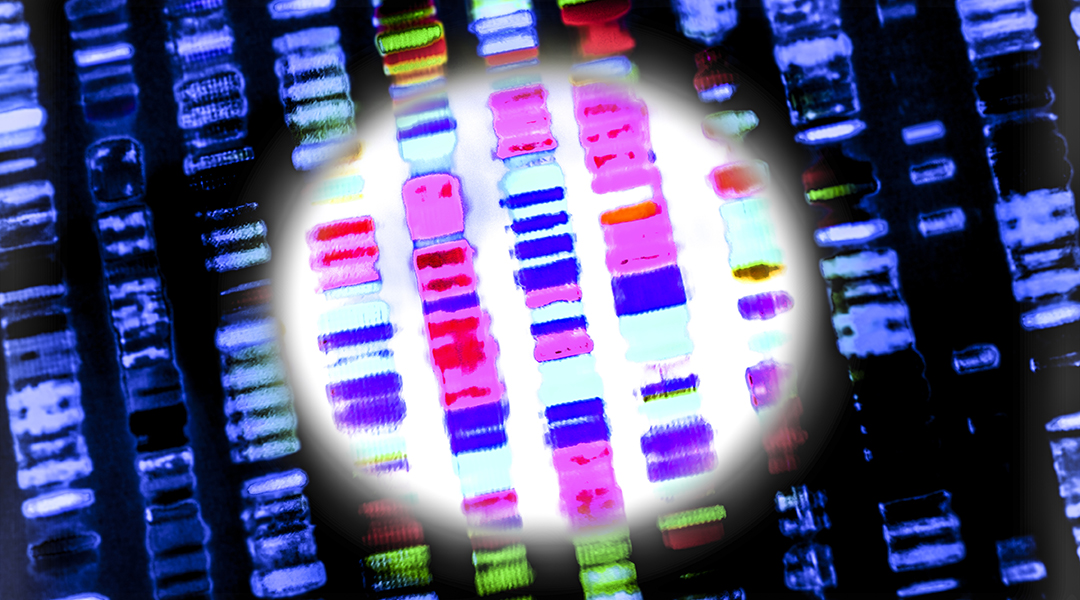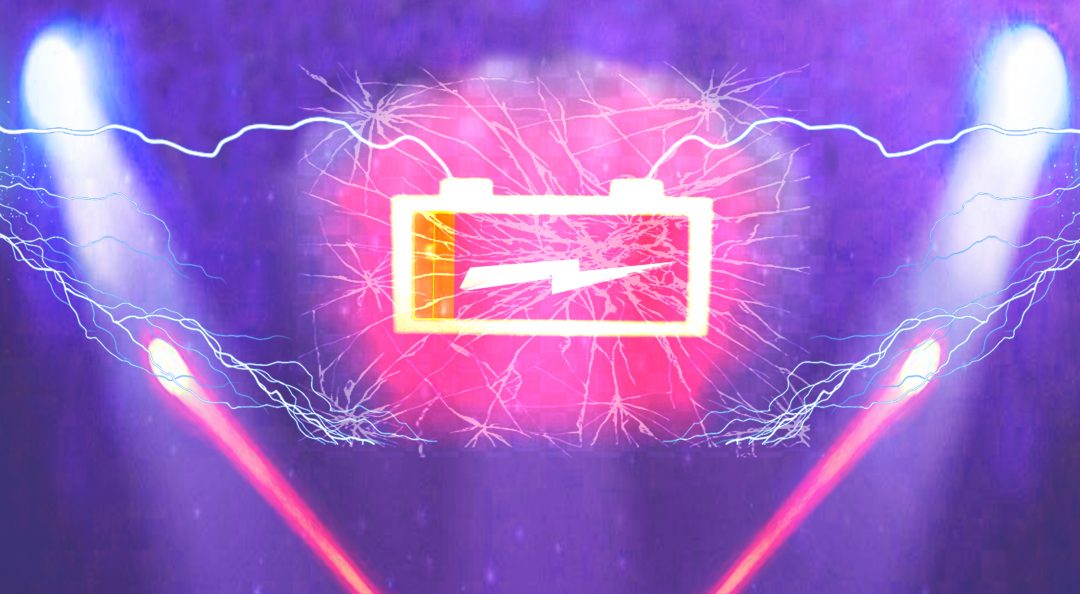Crowdsourcing opens the door to solving a wide variety of problems that previously were unfeasible in the field of machine learning, allowing us to obtain relatively low cost labeled data in a small amount of time.


Crowdsourcing opens the door to solving a wide variety of problems that previously were unfeasible in the field of machine learning, allowing us to obtain relatively low cost labeled data in a small amount of time.

A demonstration plant for a groundbreaking technology to produce chemicals from sunlight will be built at Delfzijl, the Netherlands.

A team of German researchers conducted the first study on the direct exposure of cold atmospheric plasma on amino acids at dry conditions.

Intestinal bacteria can create an electric current, according to a new study from Lund University in Sweden.

Organisms have acquired sophisticated regulatory networks that control gene expression in response to cellular perturbations. Understanding of the mechanisms underlying the coordinated changes in gene expression in response to external and internal stimuli is a fundamental issue in biology.

A review of optogenetically engineered cells and their applications.

John shares his thoughts on his research, his effort on the on-going PlantFAdb database, his suggestions to early-career scientists, and the challenge in the future plant lipid metabolism research.

Highlighting the excellent research being published in the multidisciplinary field of biomedical materials and life sciences.

The Editors of Small Methods are pleased to publish this special biomedical virtual issue. This collection highlights outstanding research in Small Methods from the very first issue to now, in the areas of biosensing, biomedical engineering, nanomaterials,...

Batteries are a key part of the global push to lower emissions.